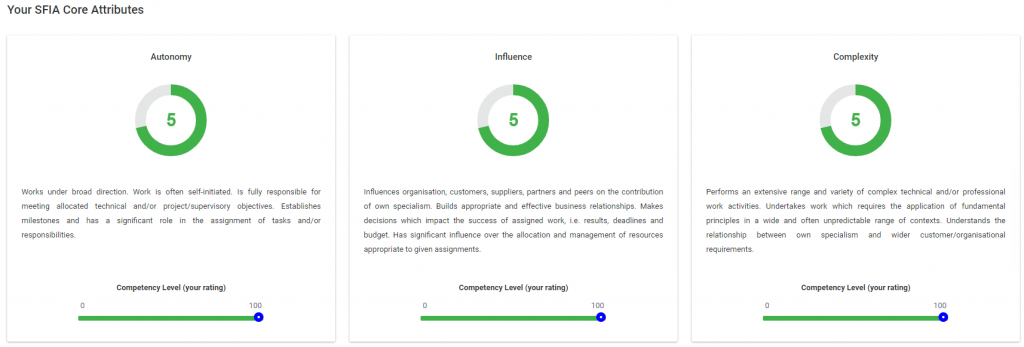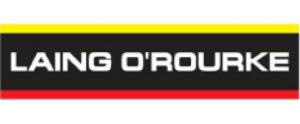Why would I want to be endorsed for my SFIA skills?

Thousands of businesses around the world have woken up to the power of the SFIA Framework and have started to deploy, or are currently running, SFIA-based skills programmes internally to measure performance, grade compensation, find the right people for the right roles, among many other activities.
When you have your skills analysed and aligned to the SFIA Framework, you will be a more attractive candidate, as that potential employer knows your technical knowledge, and can easily verify it.
The SFIA Framework is a universal language that helps businesses and employees align their skills, so you can have the best people working for you, and you can find the job that best suits your skillset.
How does it work?
THE 5 STEPS TO ENDORSEMENT

Step 1
First, we ask you to complete an online assessment within out tool called ITSA (I.T. Skills Analysis) which will take you through a series of questions in 3 stages. Do not worry, you do not need any prior knowledge of SFIA in order to complete this step.

Stage 1: What skill level do you believe you are?
This is known as your “Level of Responsibility” and indicates at what level you sit in the business. There are 7 levels in SFIA, and as an example: 1st Line Support at a helpdesk would be a Level 1 employee, and the Chief Financial Officer or Chief Technical Officer would be at a level 7.
Stage 2: What area of IT do you work in?
The SFIA Framework defines 6 areas of I.T. that you could work in. These areas are:
- Strategy and architecture.
- Change and transformation.
- Development and implementation.
- Delivery and operation.
- People and skills.
- Relationships and engagement.
You may work in only one or even several of these areas depending on your role and responsibilities.

Stage 3: What skills do you believe you have.
In SFIA Version 8 there are 121 skill codes split into the aforementioned “6 Categories”. These skill codes are what define your role at its most basic level. Skill codes like SUPP (Supplier Management) denote an individual that would deal with external suppliers on a day-to-day basis, and codes like TEST (Testing) and SWDN (Software Design) describe a person that would program and be involved in software development tasks regularly.
Step 2
This is where our ITSA tool compiles your answers to your self-assessment and generates a skills report. It is also where you will be able to see how your self-assessed proficiency in each of the “5 Attributes” has scored.
Under each of the 5 attributes, and indeed under any of the skill codes that have been populated in the report, you can adjust your own competency level pertaining to that skill or attribute. You also can add evidence in the form of supporting comments or document uploads to support your self-assessed skill level and level of competency.


Step 3
Once you have completed the self-assessment, adjusted your competency sliders, and uploaded your evidence, you can arrange to have a virtual “Skills Interview” with one of our approved SFIA Consultants. These can take around 1½ to 2 hours, and there may be a need for a follow up depending on the success of the interview.
Step 4
Upon completion of the interview and when both parties have discussed the results of the self-assessment and evidence, you will receive notification of the SFIA level and skills achieved.
Step 5
We provide you a skills certificate indicating your proven SFIA Level of Responsibility and each skill code. As a free service, we will keep a copy of your skills certificate to offer to current and future employers if you so wish.
All of this for the one-off payment of only £250 +VAT!

We accept PayPal, we can invoice you, and we also offer discounts when our SFIA services are scaled to organisational levels. Use the form below to enquire further and one of our experienced consultants will get back to you.













